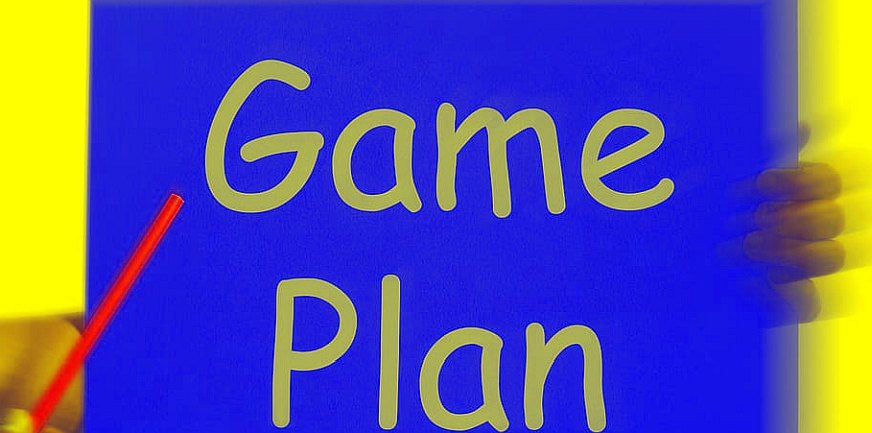
We are all familiar with the term mentioned in the title. It sounds safe, like a clear path that’s easy to follow.
It suggests there is an obvious course of action when it comes to relieving psychological suffering. But is that really the case? Could a protocol be used in a very different, and perhaps much more helpful way?
Protocol; What’s the purpose?
The word protocol often evokes an image of a roadmap for professionals. A standard diagnostic action plan, a guideline, a treatment process. And that’s convenient, because it creates a notion of structure in the chaos. But the danger of this is that it turns into an autopilot. Someone tells their story, a label is attached to them, and just like that – the treatment process commences. Without much room left for familiarising, listening, and searching together.
Still, a protocol in the mental healthcare sector can mean something completely different. When suffering psychologically, one can often feel as if life is like being stuck in a tunnel. You feel like you’re at the mercy of something awful that completely controls you. In a situation like this, a protocol can be supportive. Not because it’s imposed on you, but because you’ve been working with it, together with your healthcare professional. It’s determines a clear picture of the work that needs to be done to help you get your life back on track, and take your first steps out of the tunnel.
It only works if it’s something you can see yourself in
Take Laura, who suffers from panic attacks. She discovered that it really help her to have a morning protocol: getting up, stretching for ten minutes, make coffee, and then, writing down three things that she wants to focus on that day. It sounds simple, but this ritual provides guidance and stops her from feeling completely overwhelmed.
Or Jamal, who hears voices and often feels powerless because of this. Together with his councillor he came up with a protocol: as soon as the voices become too coercive, he calls his sister, puts on his headphones to listen to calming music, and takes a fifteen minute walk. It isn’t a magic cure, but it stops him from drowning.
Marijke
And lastly there’s Marijke, who, after suffering from a depression, noticed she was quickly relapsing into overthinking things. Her protocol consisted of five set appointments with a creative therapist. Not because that has to be done according to the guidelines, but because she felt like if she used her hands to create something, it would create space in her head. And that became her way to get out of the tunnel.
So the keyword is: together. A protocol only works if it’s something you can see yourself doing, something that you helped create. This way, it doesn’t become an obligation, but an ally.
A protocol that doesn’t dictate, but invites
Maybe we should redefine the term ‘protocol’ in the mental healthcare sector. Not a tool to tell you what to do, but an agreement that gives you direction. A protocol that doesn’t dictate, but invites. That way, it doesn’t become an enemy that restricts your freedom, but a friend that guides you.
So think about it. What could be your protocol? A small ritual or agreement that help you find the light at the end of the tunnel?
Translated from Dutch by SGM Taplin





Comments: